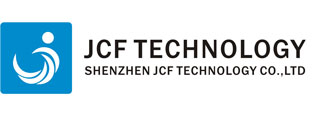
 Tel: +86755-27523807 +8613715205860(wechat/whatsapp)
Tel: +86755-27523807 +8613715205860(wechat/whatsapp) Email: jcf@jcftechnology.com
Email: jcf@jcftechnology.com

 Tel: +86755-27523807 +8613715205860(wechat/whatsapp)
Tel: +86755-27523807 +8613715205860(wechat/whatsapp) Email: jcf@jcftechnology.com
Email: jcf@jcftechnology.com
Membrane control panels have revolutionized user interface design by offering a seamless, durable, and versatile solution for controlling a range of devices. the importance of intuitive user interfaces, the components and working mechanism of membrane control panels, and their applications in various industries such as home automation, industrial control systems, and consumer electronics.
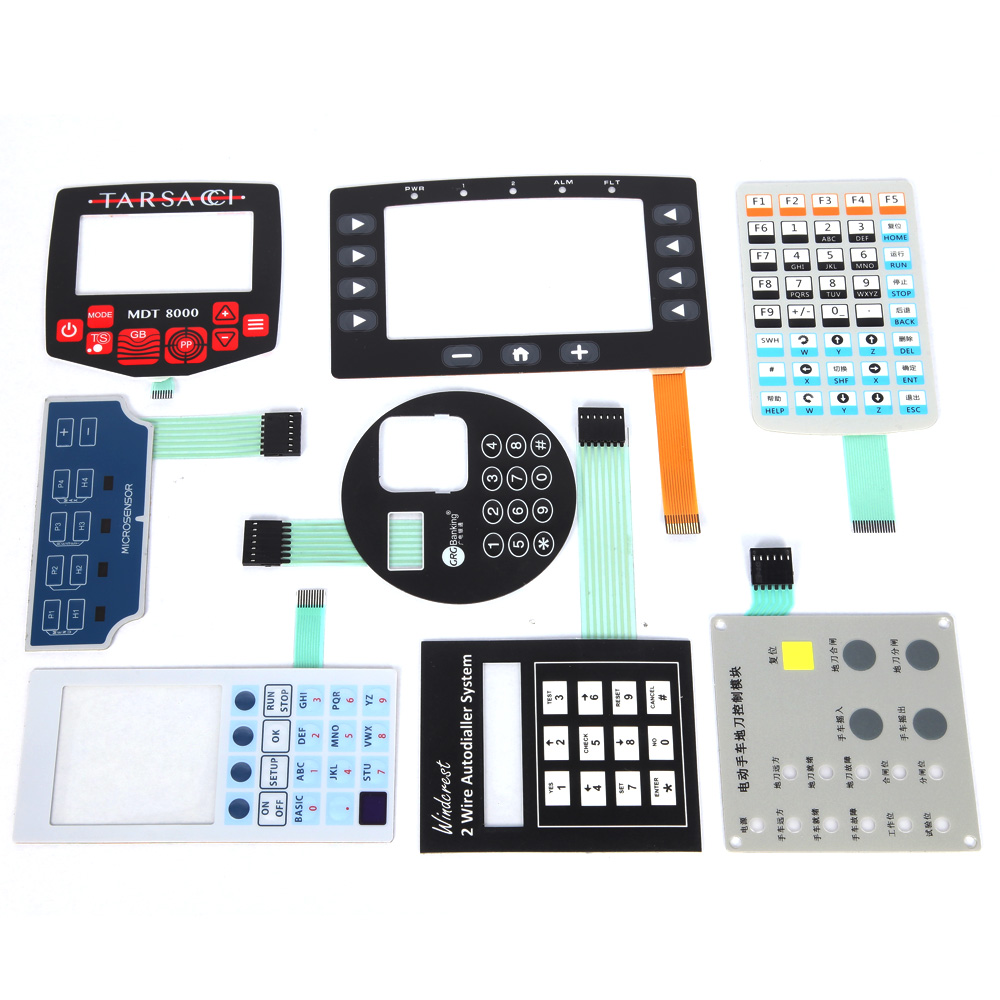
Intuitive user interfaces play a crucial role in ensuring a seamless user experience. They empower users to interact effortlessly with complex systems and devices, eliminating the need for extensive training or technical expertise.
Membrane control panels excel in delivering intuitive interfaces that facilitate efficient control and operation.
1. Working Principles of Membrane Control Panels: Membrane switch panels comprise several layers, including a graphic overlay, spacer layer, and circuit layer. User inputs, such as pressing buttons or sliding a finger across the panel, are transmitted through the top layer to the circuit layer. The circuit layer detects the input and initiates the desired action, providing real-time feedback to the user.
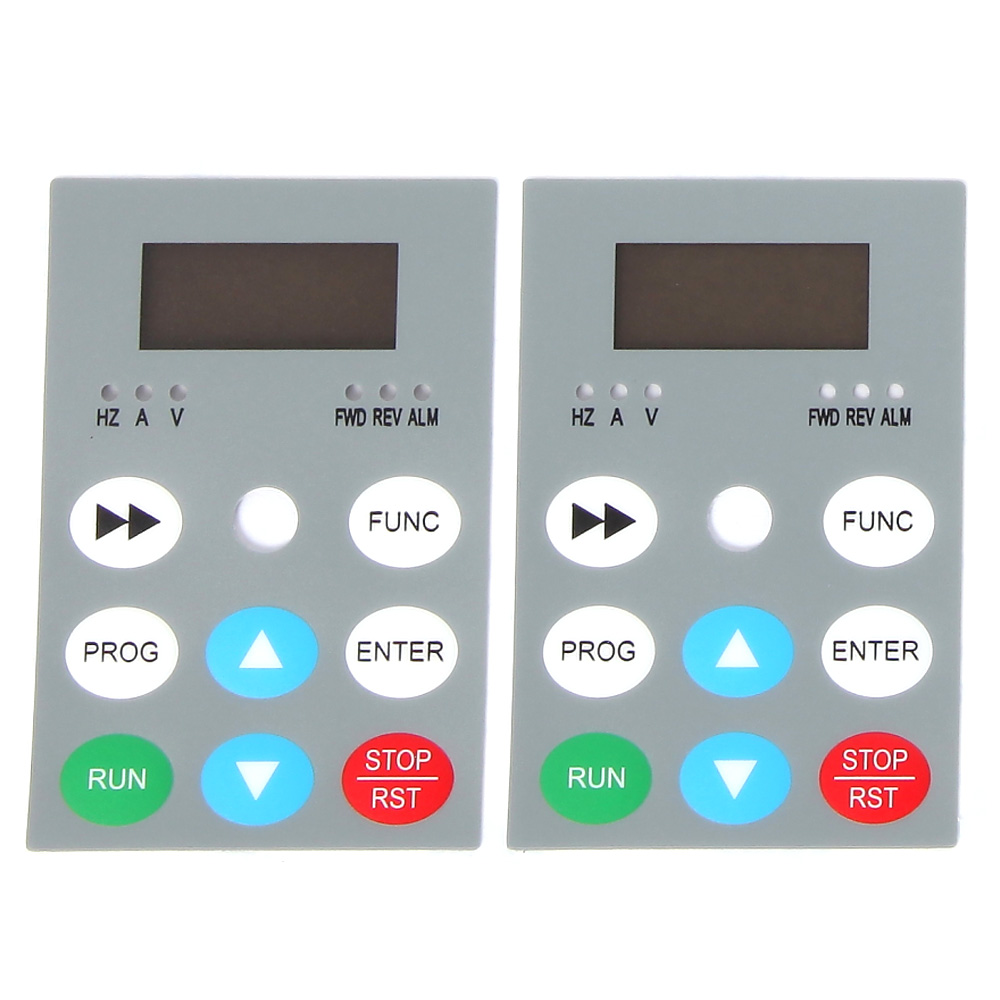
2. Components of Membrane Control Panels: The key components of membrane keypad panels include graphic overlays, tactile and non-tactile switches, LED indicators, connectors, and adhesive layers. These components are carefully integrated to create a durable, responsive, and visually appealing control panel.
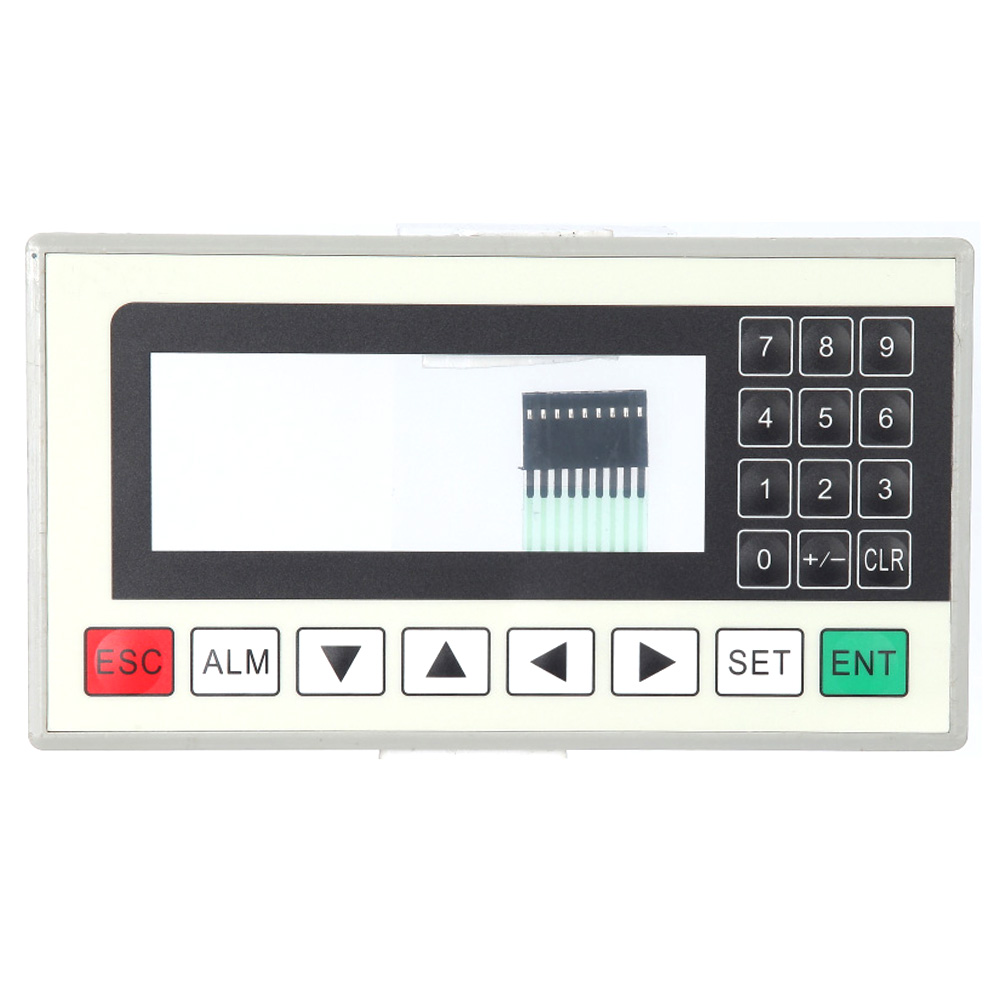
Design Considerations for Membrane Control Panels:
Designing a membrane panel requires careful consideration of factors such as layout, button placement, labeling, color schemes, and visual cues. The design should focus on enhancing usability, ensuring clarity, and aligning with the aesthetics of the overall device or system.
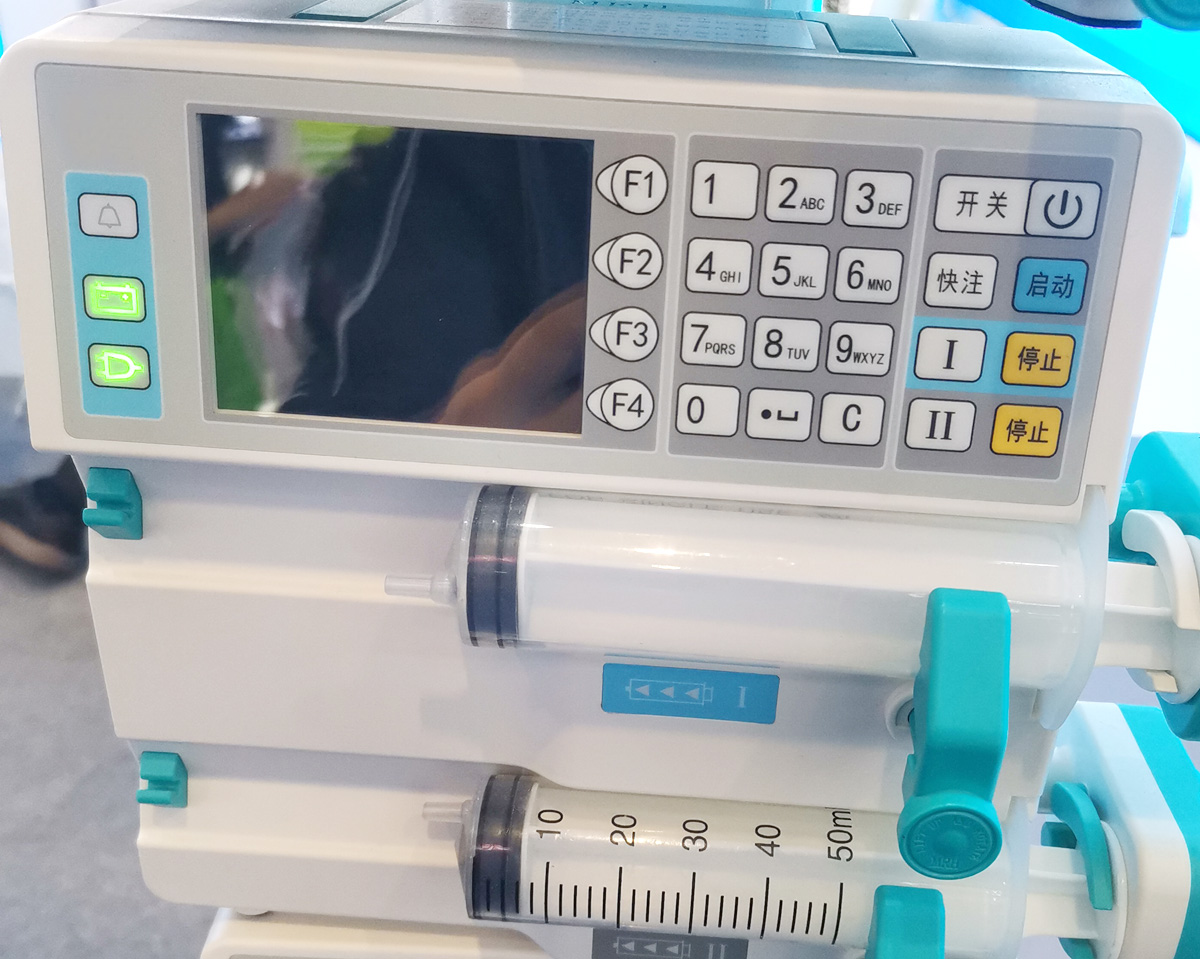
Do you want to know more about membrane switch technology? This website can let you know more: www.jcftechnology.com